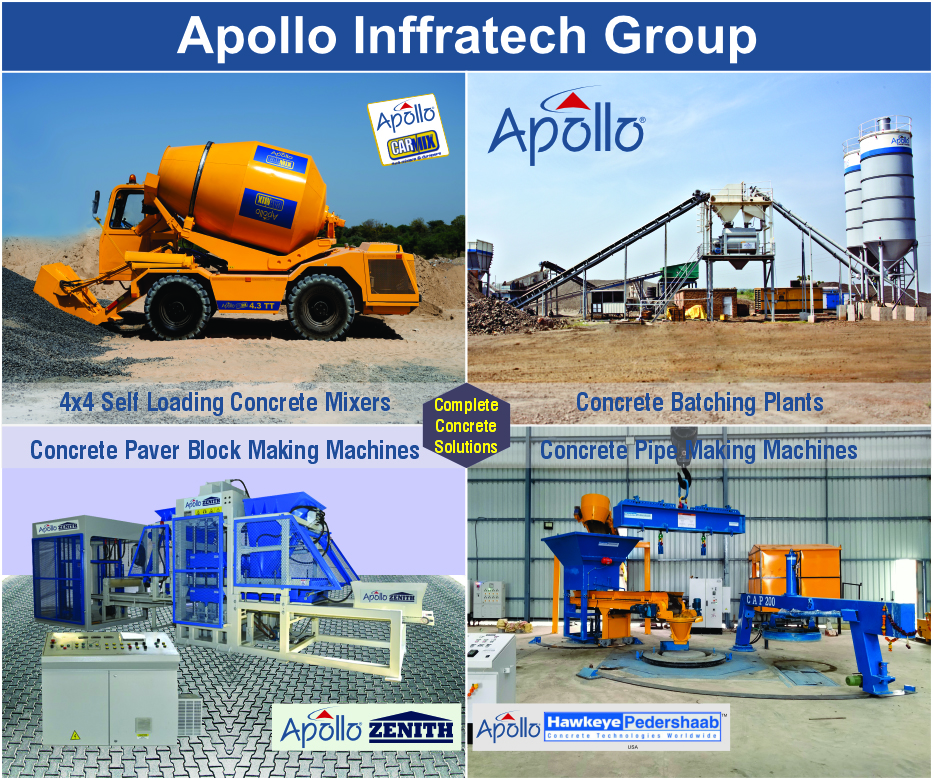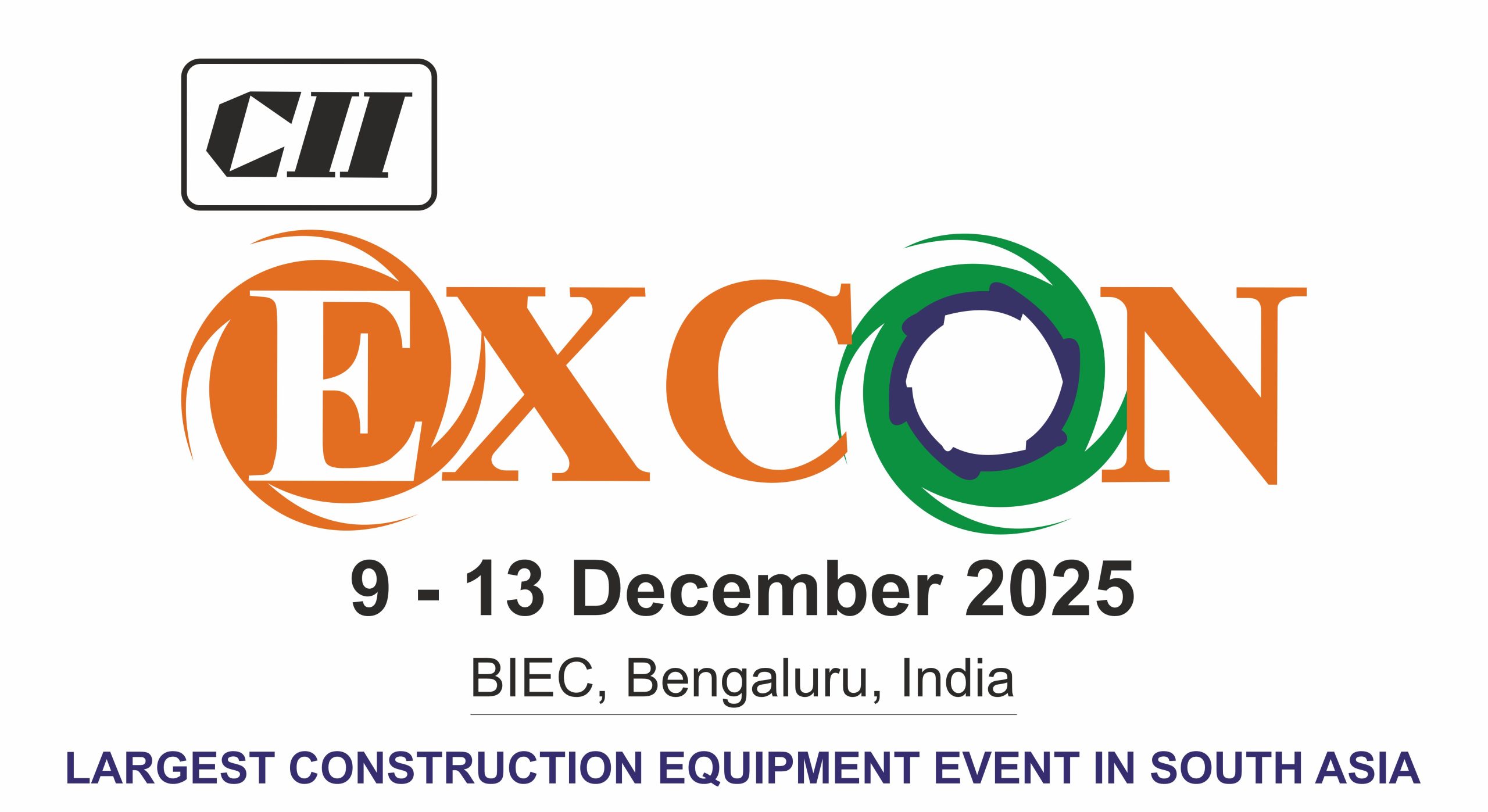In a significant move aligning with India’s ambition to become a global maritime hub, Housing and Urban Development Corporation Ltd. (HUDCO) has signed six Memoranda of Understanding (MoUs) amounting to approximately ₹1.1 lakh crore for port‐ and coastal‐infrastructure financing.
The deals, inked during the ongoing Maritime Week 2025 in Mumbai, cover partnerships with major port authorities and the Sagarmala Finance Corporation Ltd. (SFCL). The signatories include: Syama Prasad Mookerjee Port Authority (Kolkata), Visakhapatnam Port Authority (Vishakhapatnam), Paradip Port Authority (Odisha), Jawaharlal Nehru Port Authority (Mumbai), and Mumbai Port Authority.
HUDCO’s Chairman & Managing Director, Sanjay Kulshrestha, noted that this initiative marks a “new chapter” in HUDCO’s growth trajectory, enabling the company to channel large-scale financing into India’s maritime infrastructure and support the government’s Sagarmala Programme and Maritime Amrit Kaal Vision 2047.
Key highlights of the funding agreements include:
-
A joint commitment between HUDCO and SFCL to provide up to ₹80,000 crore over the next decade for eligible public and private projects under Sagarmala.
-
Targeted financing support for specific ports, such as ₹5,000 crore for JNPA’s existing terminal refinancing and expansion, ₹3,000 crore for SMP-Kolkata’s berth mechanization and liquid-cargo jetties, and ₹5,100 crore for Paradip’s new dock complexes.
Why this matters:
The port sector is undergoing rapid transformation, with India’s Maritime India Vision 2030 estimating investments of ₹3–3.5 lakh crore in ports, shipping and inland-water transport. HUDCO’s entry into port-financing adds vital momentum to the shift toward port-led growth, improved logistics, and coastal connectivity.
Increased port capacity and modernisation are seen as key to reducing logistics costs, boosting export competitiveness and accelerating economic growth through improved integration of maritime corridors.
Outlook & Challenges:
While the commitment is significant, execution will be crucial. Key areas to monitor include project-award timelines, regulatory clearances (especially for land and environmental aspects), and effective collaboration among port authorities, states and central agencies. The cyclical nature of infrastructure funding and global trade dynamics may also influence how quickly the envisaged impact is realised.









